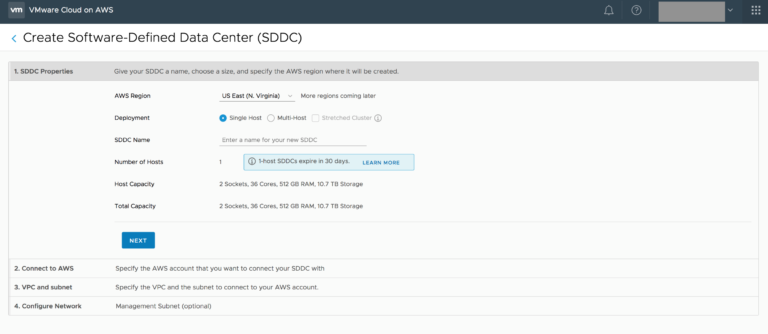
Email has become one of the most critical applications in an organization’s IT infrastructure. Organizations increasingly rely on messaging tools for individual and organizational effectiveness. As a result, messaging administrators face a constant challenge as they continually seek to manage the conflicting demands of availability, agility, and cost.
Microsoft Exchange is the most widely used email system in the world. It’s operational and performance characteristics are well understood, and best practices for design, deployment, and operations are readily accessible. Exchange continues to evolve through enhanced features and functionality, and previous limitations have been addressed with each successive new version.
With its release of Exchange Server 2010, Microsoft has added many features that improve messaging performance, reliability, and scalability. These provide a major step forward. However, Exchange Server 2010 is still subject to many of the shortcomings inherent in most applications running directly on physical hardware, such as hardware platform dependence, under-utilization of server computing resources, lack of flexibility to respond to changing workloads, and heavy costs associated with maintaining disaster recovery, test, and development environments. The architectural improvements in Exchange Server 2010 do not fully address these limitations.
The ideal platform for Exchange would adapt easily to changing workloads, provide flexibility to accommodate changing demands on an organization’s IT infrastructure, remain reliable and resilient despite system outages, and improve both staff and infrastructure hardware effectiveness. A new operational platform based on vSphere can accomplish these goals.
Here is an updated support statement for running Exchange on vSphere.
Customer Case in Point
Like many companies that choose VMware virtualization technology, Raymond James Financial began with a server consolidation project that achieved impressive results. By the completion of the initiative, the Florida-based diversified holding company had reduced its web server capital costs by 90 percent. Raymond James started by virtualizing Microsoft Exchange, one of the company’s most critical and high profile applications. Through virtualization, Raymond James has been able to better meet its business needs. “Right now, around 60 percent of our servers are virtualized,” says Sue Werner, Systems Engineer at Raymond James. “But our goal is to achieve 87 to 90 percent virtualization.” This will include not only the company’s Microsoft Exchange environment, but also other business-critical systems such as its SQL databases. “Implementing our new Microsoft Exchange environment has further validated the benefits of VMware,” Werner concludes. “It has enabled us to make significant progress toward our virtualization goal.
Learn more: Virtualizing Business Critical Applications Whitepaper [39-page PDF]





